Regenerative Agriculture - Community Growers
Growing food with nature in mind is achievable within even the smallest of spaces.
Soil restoration, the avoidance of synthetic fertilisers, and the promotion of a healthy community spirit, all being benefits.
In his first piece for WildEast, Tommy Butt from Salle Moor Market Garden in North Norfolk explains how it can be done.
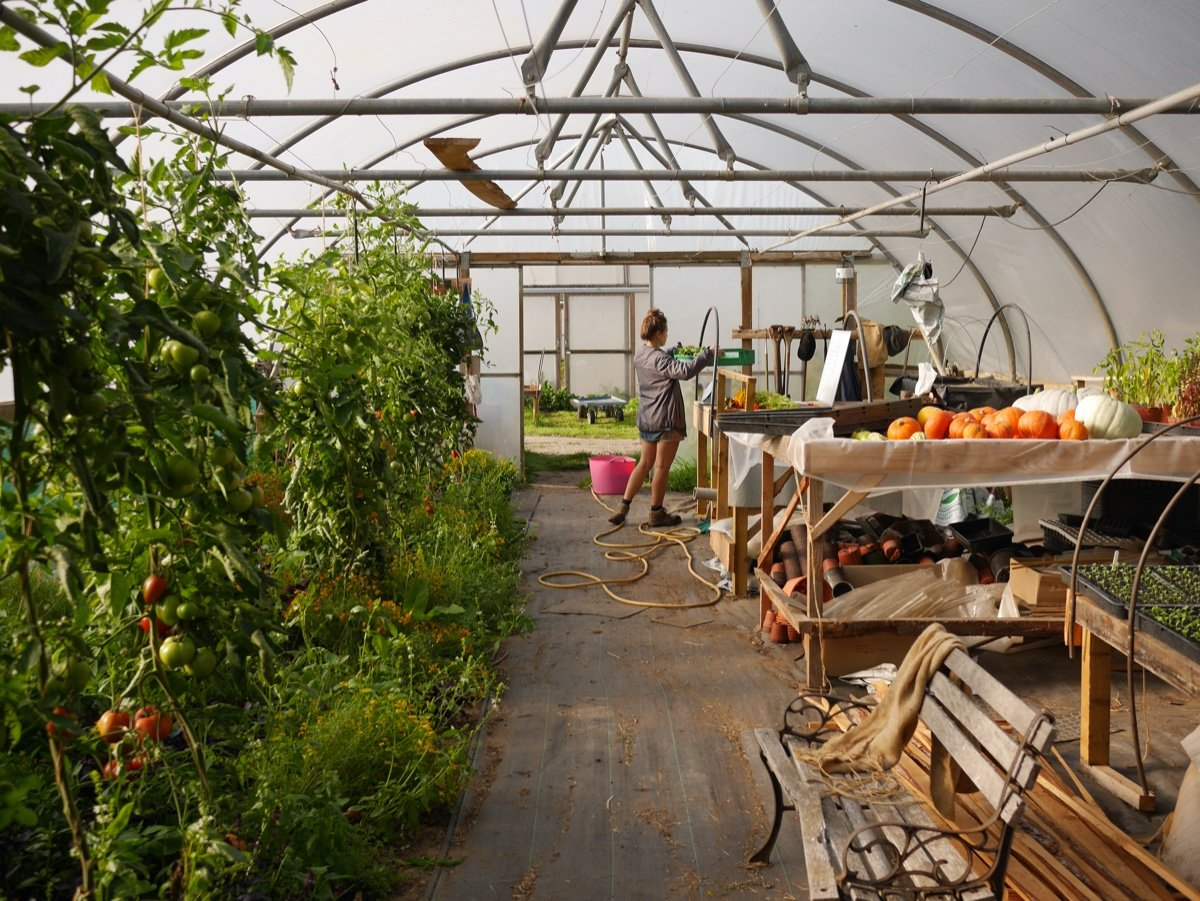
When we took on our site in September 2019, the poly tunnels which we were to rent had been empty for some time. They were arid spaces, full of thistle, which had somehow gained a footing in the parched earth. Our soil, which had seen no water since the last tenant left years before, was about four inches of dust on top of ground that had been baked to a brick-like finish. At least the weeds were easy to pull out. We turned on the taps, and after quite a lot of brown liquid flushed out from the pipes, began to water the ground.
We had about six months before we planned to sell any vegetables, an autumn and winter to try and sort things out before taking on customers for the veg box scheme we were setting up. The first step was green manure; a mix of clover and rye to try and give some structure to the soil and improve the condition for spring plantings of salad leaves. We put half of our tunnel space under this mix, and planted the rest with greens for autumn and winter.
The soil needs roots. We aim to keep it well planted as much of the time as possible. In healthy soil, microbial life digests minerals and organic matter, making nutrients available to plant roots. These in turn nourish soil life with their exudates; sugars which plants produce in photosynthesis are transferred back into the soil to feed bacteria, archaea, and fungi. This process draws carbon out of the atmosphere, sequestering it in the ground.
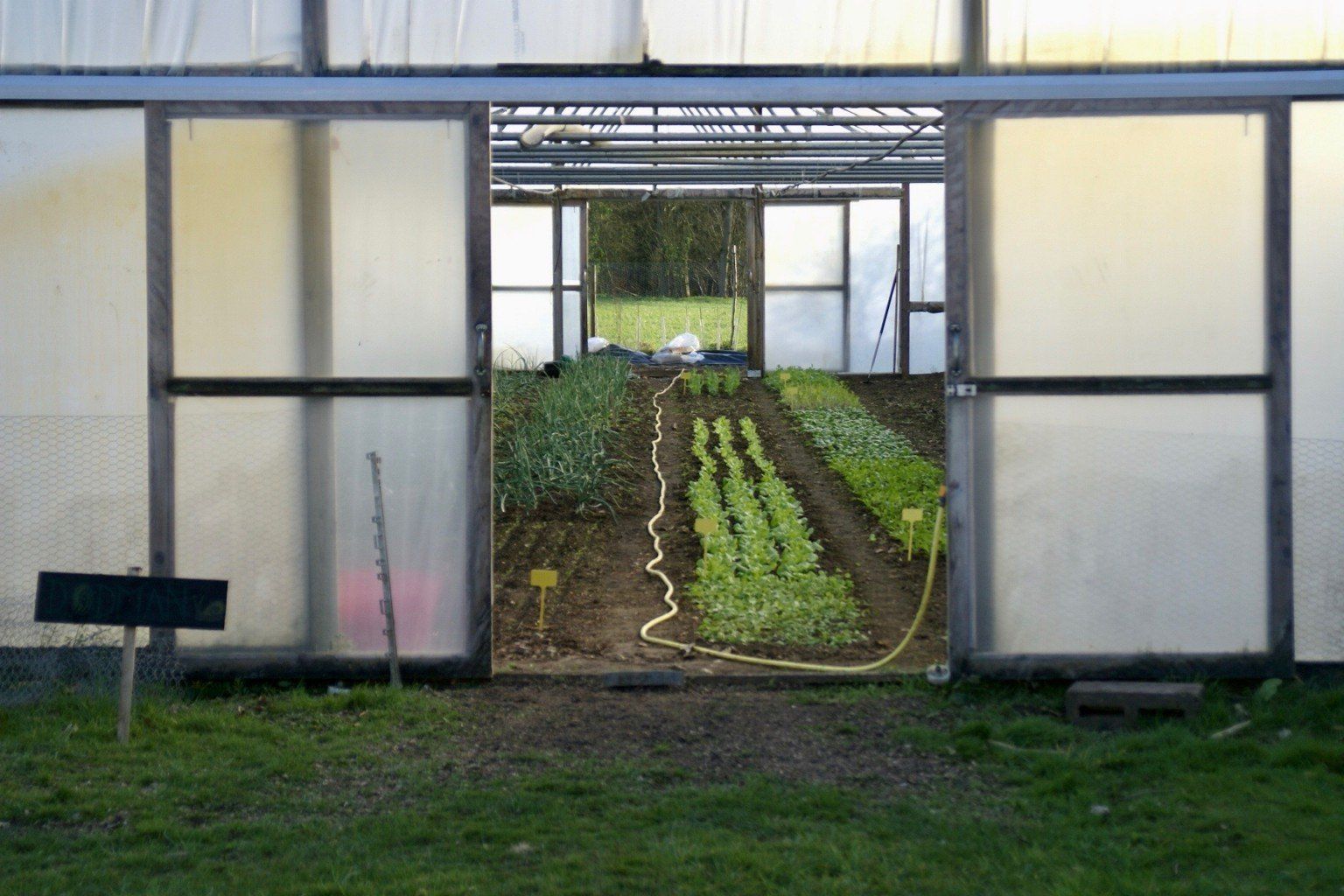
In order to nurture the web of life beneath our feet we choose practices which promote a healthy living soil. These include the use of cover crops and green manure, a diverse range of crops grown in long rotations, mulching bare ground to protect it from the elements, and ample use of compost to restore organic matter to the soil. Space is limited, our site is around 1.2 acres so we try to pack it in making use of diverse crop rotations to grow a range of veggies for our boxes.
For the first two seasons we did everything by hand, weeding, cultivating and planting all of our vegetable beds with tools which have existed in one form or another for hundreds, if not thousands of years. Now we have expanded, adding a larger outdoor field space to our plot and a little mechanisation has been a welcome development. The first tractor pass was shocking, days of back aching work done in minutes. We use it to cultivate beds where it’s strictly necessary. It’s important to be realistic about what we can achieve, and how much food we can produce without a little extra power. However our ethos will always be to till the ground as little as possible.
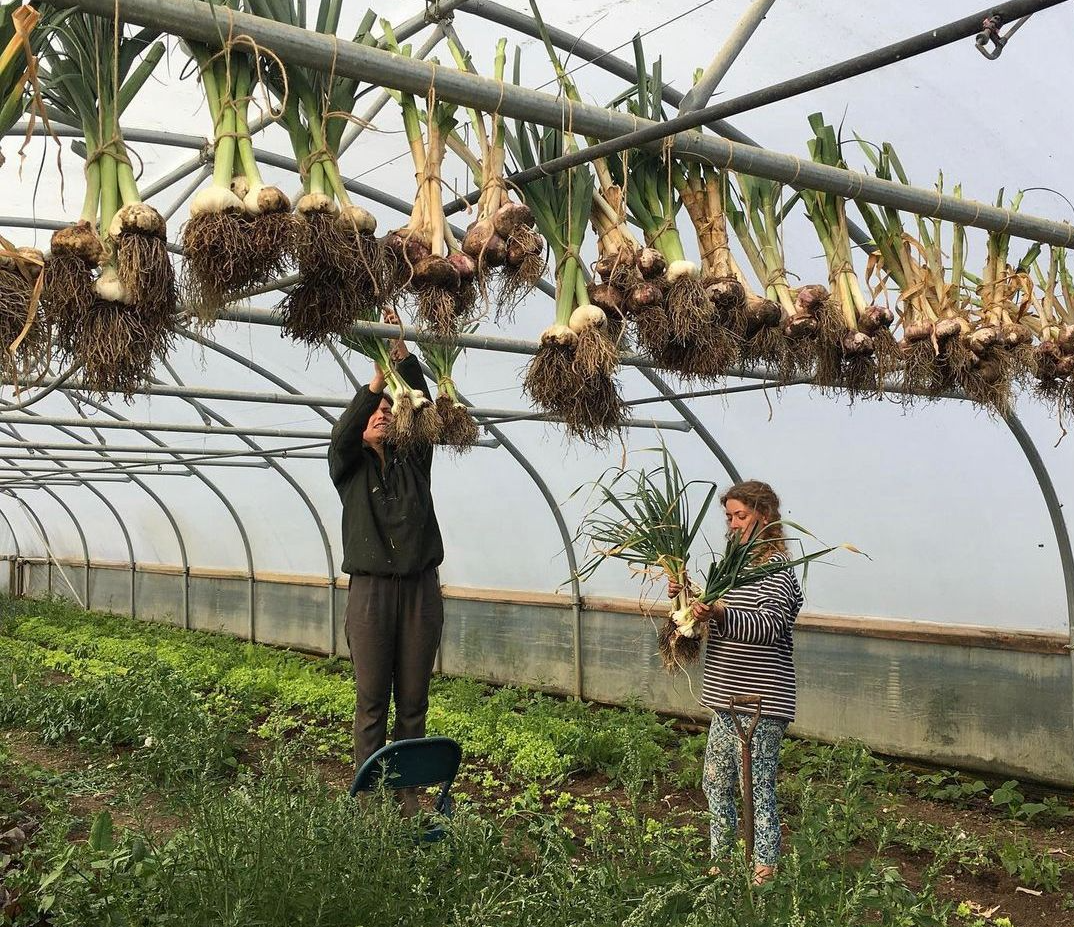
Nurturing and improving soil health are amongst the key principles of regenerative agriculture, with the understanding that civilisation depends upon it. Degraded soils are fragile and leach carbon into the atmosphere. They cannot stand up to changing environmental conditions. In the great plains of America during the 1930’s dust bowl era, severely depleted soils simply blew away under a series of storms that ravaged the area. The social implications of this were devastating, causing 400,000 people to migrate west in search of work.
Migrations like those of the dust bowl refugees could occur on a much larger scale in years to come as climate change puts increasing pressure on developing countries. The Institute for Economics and Peace estimates that 1.2 billion people could be displaced by ecological collapse by 2050. We need farming to help create a resilient landscape that can withstand heat, wind, and heavy rain. For this reason, sustainability is not enough. We cannot afford to sustain ourselves, instead we must rapidly regenerate our living networks to support life on a changing planet.
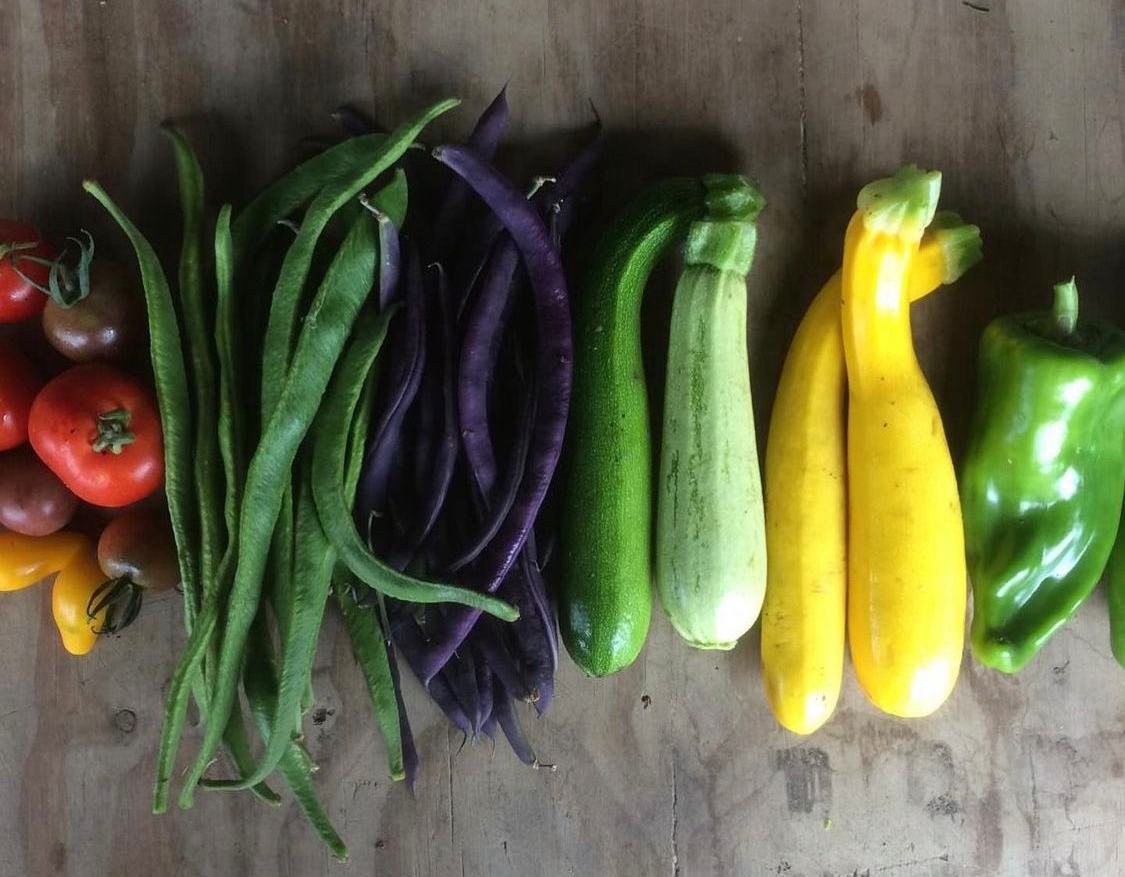
Regenerative agriculture also encompasses social considerations. You cannot farm without people, both doing the work and buying the food. Farms can be an integral part of the social fabric of an area, providing jobs, volunteering opportunities, and education alongside food for the local area. We try to keep all of our deliveries within ten miles of the farm to reduce food miles and to make sure our produce is as fresh, and therefore as nutritious as possible when it arrives.
During the ‘green revolution’ of the 1960’s, farming techniques developed in America in the first half of the 20th century were exported to developing countries, notably Mexico and India. Whilst powerful tractors, hybridised seed, and agricultural chemicals did improve yields, much of the produce was exported on the international market, leaving the farmers hungry and indebted and the land depleted.
One of the key themes of the era was the loss of ‘sovereignty’ of the food system for Indian Farmers; they became dependent on the inputs sold to them by large multinational companies, and crippled by the debts incurred in trying to pay for them. The promises of the green revolution fell drastically short in the end.
Modern industrial farming practices make bold claims about production, and indeed these have been evidenced by their yields, but in the long run will we be able to feed ourselves despite the damaging effects of heavy machinery and harmful chemicals?
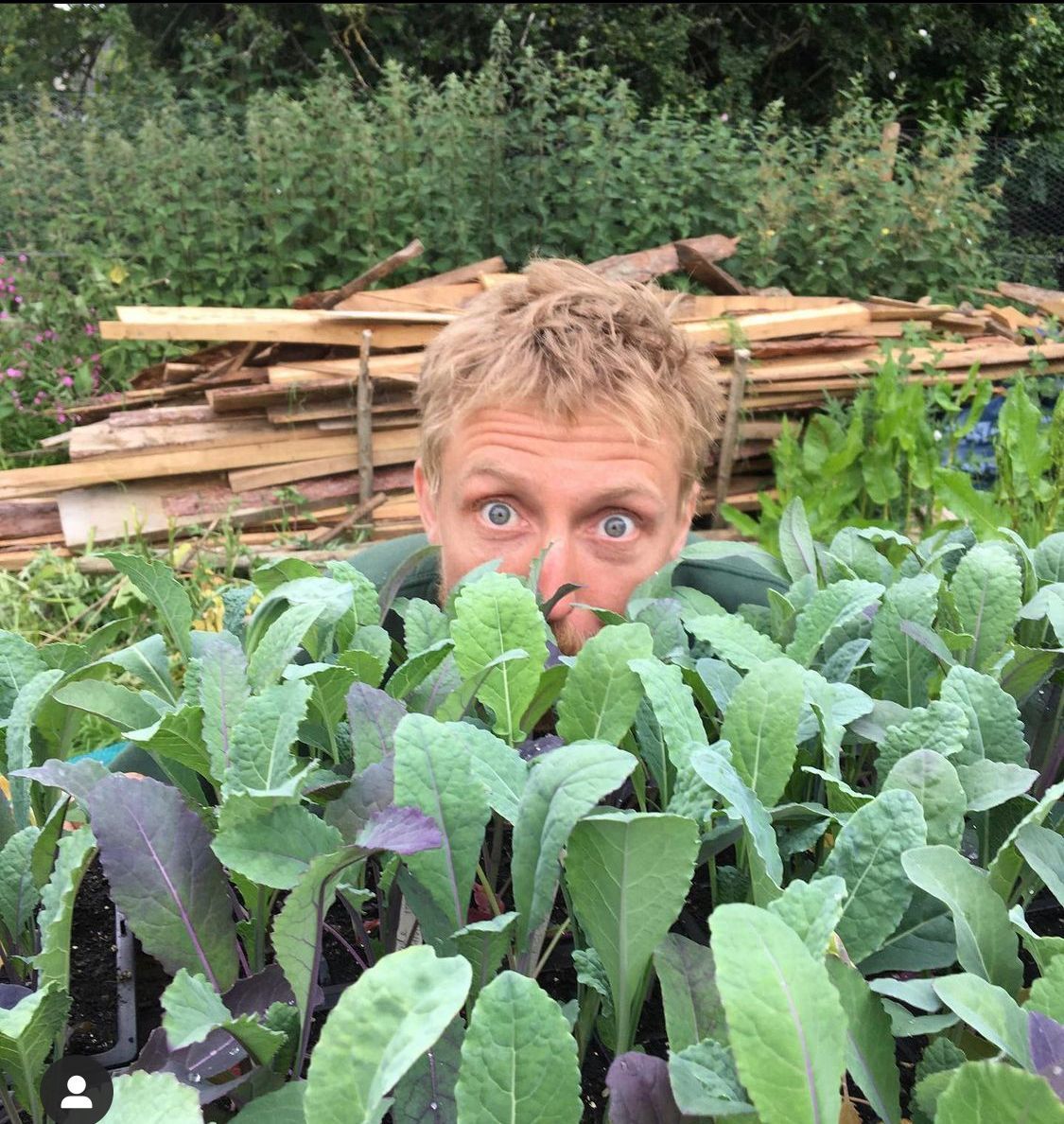
To this day there are 500 million smallholder farmers around the world, feeding 70 percent of the world's population with only 30 percent of the resources used in agriculture; Most of the food produced worldwide is done so using a fraction of the inputs, doing only a fraction of the damage.
We are new entrants to this farming life; none of our parents are farmers, we do not own the land that we work. With limited experience we are trying to make a living from something which we each feel benefits us and the land, whilst providing good food for our community. It is hard to get a foot in; access to land is not easy, capitalism favours large farms. The small fry have to compete with prices set by supermarkets, and produce from large subsidised farms. But small farms are adaptable, and free from some of the financial pressures of larger operations, it is easier to diversify on a small scale.
It has been a steep learning curve, with many mistakes and quite a few lessons learned thus far. Our practices can always improve, we will grow better crops and do more to work in a way which nurtures the land, from the ground up.
For more information, head to the Salle Moor Market Garden website - Or send them an email - sallemoormarketgarden@gmail.com
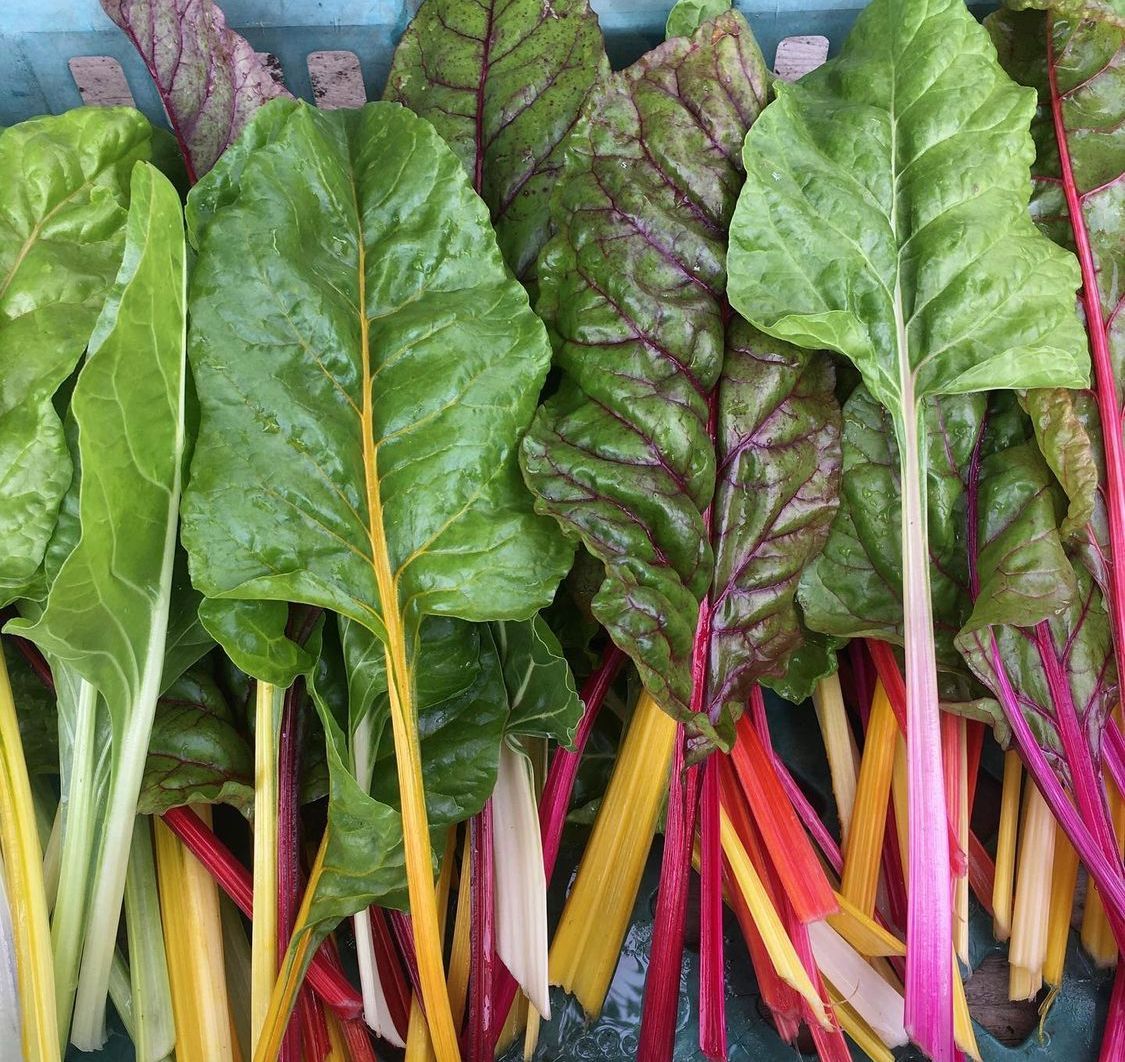
WildEast Blog

Powered by LocaliQ
Follow Us
SIGN UP FOR NEWS & UPDATES
Newsletter Sign Up
Thank you for signing up to our newsletter.
Please try again later.
Privacy / Terms & Conditions / Sitemap
